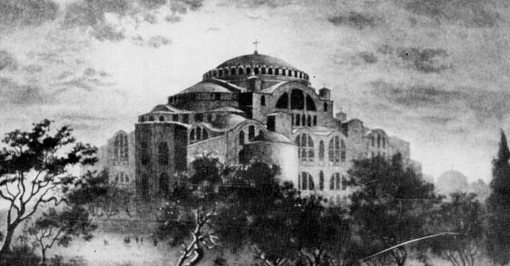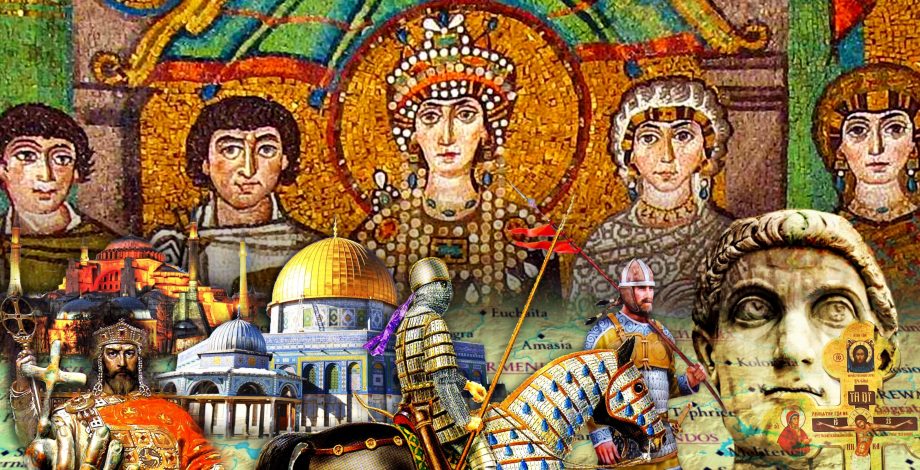Christianity is one of the foremost religions in the world. It has a long history, which was often fraught with crises, struggles, and persecutions. Of course, as the centuries passed, so did religious beliefs, the teachings and the fundamental rules. And in time, Christians began acquiring different points of view about their religion. Because of this, the original Christianity began branching, and after the Great Schism it split into two separate schools of thought. They shaped the development of the world for centuries that followed.
The Great Schism Separates the Christians
The Great Schism, also known as the East-West Schism or the Schism of 1054, was a significant event in Christian history that resulted in the split between the Eastern Orthodox Church and the Western Roman Catholic Church. This schism had profound religious, cultural, and political implications, shaping the course of Christianity for centuries to come. As Christianity became the dominant religion in medieval and Renaissance Europe, the split caused some significant ripples in society, politics, and the flow of history itself.
Celebrating Christmas on December 25 began as early as the 2nd century AD
For many generations after the death of Christ, Christians were persecuted and had to adhere to their faith in secrecy. Only in 313 AD, at the Edict of Milan, was their religion decriminalized and accepted across the civilized world. In 380 AD it became the state religion of the Roman Empire, and quickly rose as the foremost European religion. It endured this way for several centuries, but by the time of the Middle Ages, differences between teachings began to emerge, all leading up to the Great Schism.
Continue here: Ancient Origins






































